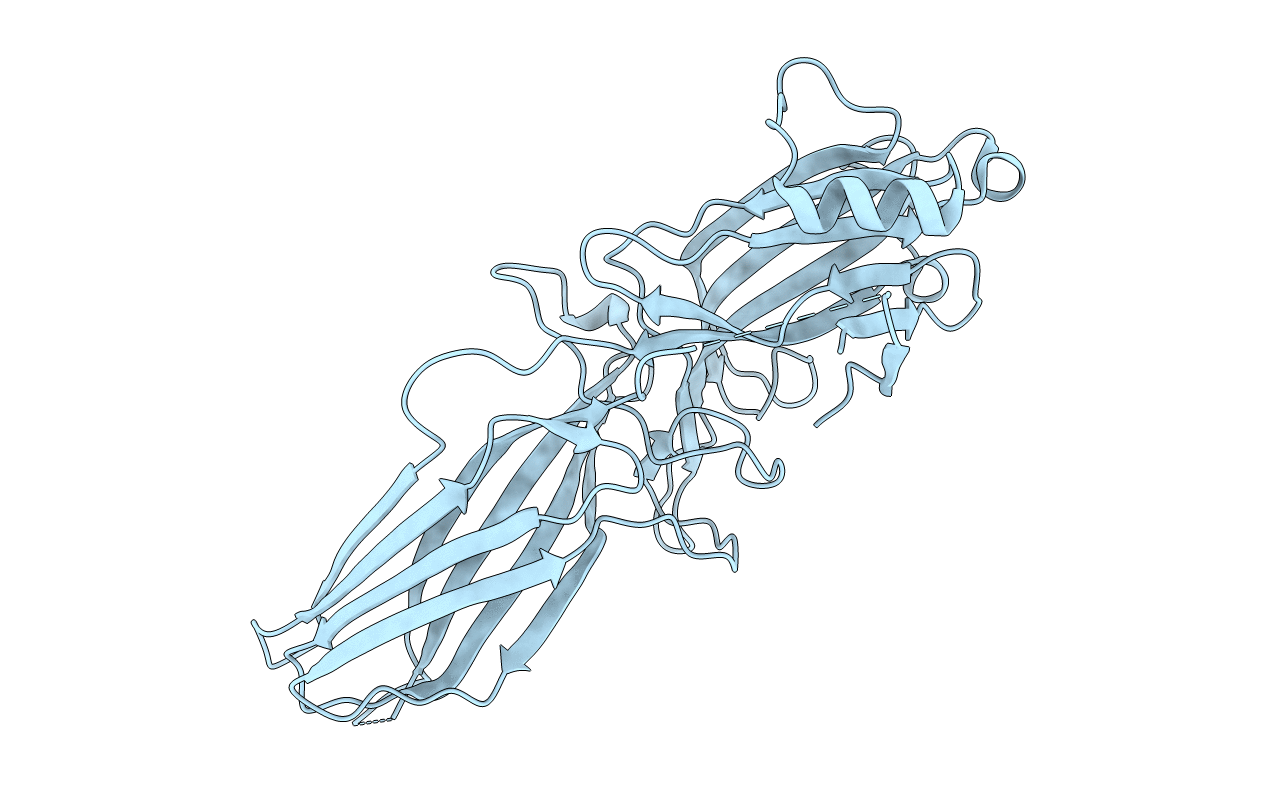
Deposition Date
2000-10-27
Release Date
2001-10-03
Last Version Date
2023-08-09
Method Details:
Experimental Method:
Resolution:
2.20 Å
R-Value Free:
0.27
R-Value Work:
0.23
R-Value Observed:
0.23
Space Group:
P 32 2 1


